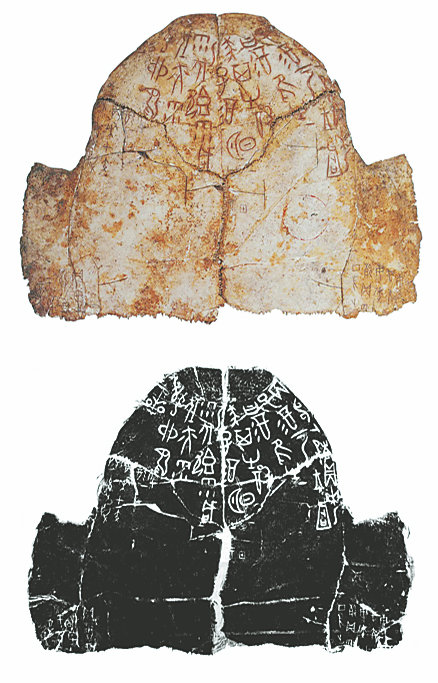Oracle bones provide a glimpse into history


Artists' pursuits
The oracle bone script appeals to not only scholars but also those outside the circles of archaeology and museology.
Among people who brought the oracle bone script to the notice of the international community was Zao Wou-ki (1920-2013), a Chinese-French artist of world acclaim who grew up in a well-to-do family and was surrounded by objects of antiquity, including oracle bones collected by his father, a successful banker.
When Zao arrived in Paris in the late 1940s, where he would live for decades, he explored a distinctive approach to painting. He thought about his family collections and integrated the pictorial forms of the script into his oil works, establishing a semi-abstract style. He developed a body of work later known as the "oracle bone series" that also helped take the script to the world stage.
In an interview with the French magazine Preuves, in 1962, Zao said: "Although the influence of Paris is undeniable in all my training as an artist, I also wish to say that I have gradually rediscovered China," referring to his experimental blending of the elements of the oracle bone script and Chinese ink art tradition with Western oil art.
Chen Nan, a professor at Tsinghua University's Academy of Arts and Design, has invigorated the life of these archaic symbols by featuring them in the biaoqingbao (emoticons) he developed and the artworks he made. And he has launched a font library based on his long-term studies of oracle bone characters.
"Why do we need to know about the writings from thousands of years ago? It is because they embody the clues to our cultural lineage," Chen says.
"I feel it is our obligation to communicate about the charm of the primitive inscriptions with the younger generations and foreigners. And to achieve that goal, we should have an open mind to make the script young, fun and fashionable."


















